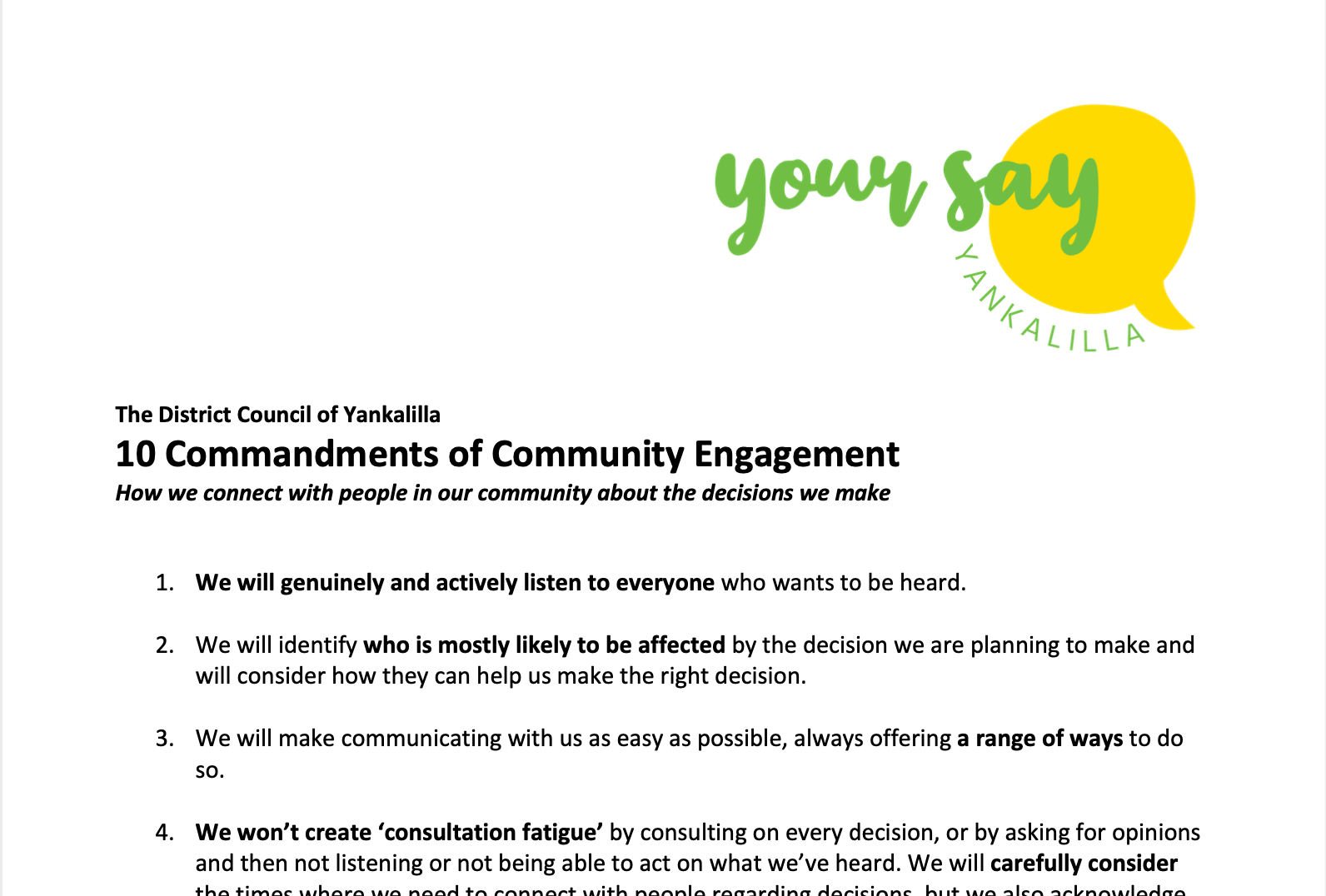
In early 2019, Becky Hirst Consulting worked with the District Council of Yankalilla to support them in developing a framework to help plan how the organisation communicates with and listens to people who are impacted by the decisions they make.
Spread across 750 square kilometres, the District of Yankalilla is split in to two wards. Field Wards encompasses rural communities across the district, including numerous small townships. Light ward includes more densely populated communities of Yankalilla, Normanville and Carrickalinga. Their small permanent community is made up of approximately 4,500 people (their ‘resident ratepayers’) but this swells on weekends and holiday periods with us to 16,000 estimated residents (‘non-resident ratepayers’) and visitors at these times. The people of the District have wide and varied needs and interests from farming and fishing, environment, arts, education, to youth, people with disabilities, older people, and more.
Over a period of 20-weeks, Becky Hirst was able to take an exponential growth approach to developing the Connecting with the Community Framework, in collaboration with the Mayor, Elected Members, Senior Leadership Team and Staff. Becky held many 1-2-1 meetings with these key internal stakeholders as well as working with the staff and Elected Members via small group workshops.
One of the main outcomes of the work was that the Mayor, Elected Members, Senior Leadership Team and Staff identified that they need a range of ways to connect with the people across their different communities. Pulling on what Becky heard was needed from these internal stakeholders, she worked with the organisation to develop a set of simple tools to help ensure the connecting with the community was undertaken at a high standard, using best practice approaches.
The framework included an Engagement Calculator, an innovative Communication & Listening Tools Menu, and 10 Commandments.
The Communication & Listening Tools Menu included dietary requirements that demonstrated the level of influence community would have in the decision making process using each tool, from informing (I) and consulting (C), through to proactively involving people in problem solving (PS) and Public Initiated Participation (PIP). Budget and staff resourcing requirements were also identified and listed for each menu item
Another significant outcome from this work was a shift in organisational language from ‘public consultation’ and ‘community engagement’, to ‘connecting with the community’ via communication and listening tools.
This work has since been widely cited by industry peers as an exemplary approach to local government planning for effective community engagement.






